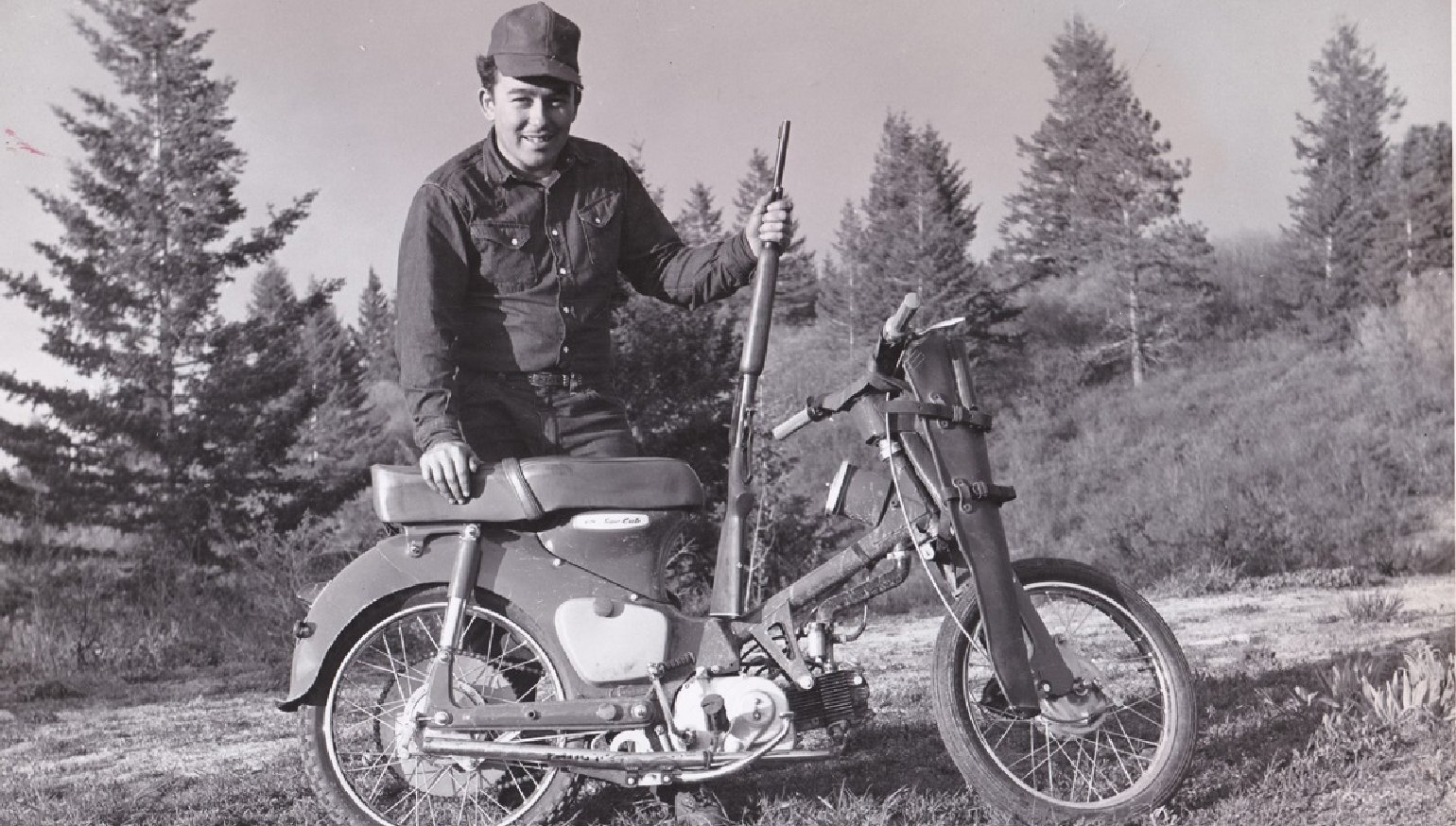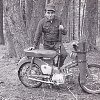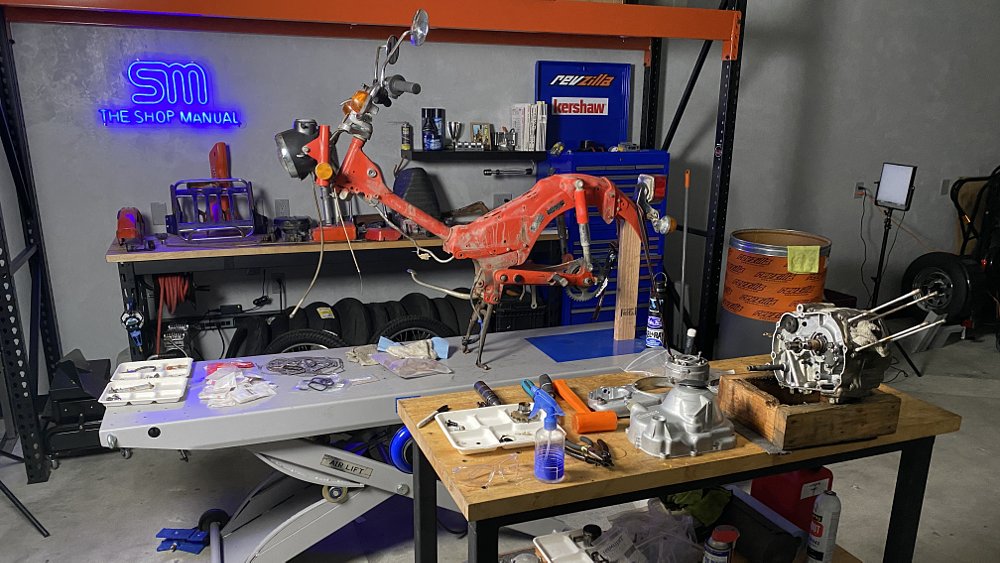"Honda already had the trail bike within that design. They just didn't know it."
Herb Uhl describes the creation of the Honda Trail bike as an incredibly simple process, one spurred on by need, rather than want. At least, that's how he sees it. From the outside looking in, Herb's "simple" development was part of the biggest change the motorcycle industry would see for decades.
Editor's note: Callum Blackmore of New Zealand is the creator of the Small Bike Stuff YouTube channel. He recently released the video below, in which Herb Uhl tells much of his own story of how he created the Honda Trail motorcycle. In this article, Blackmore tells more of the history behind a pivotal moment in motorcycle industry history.
A Japanese newcomer arrives in the American West
Boise, Idaho was a city of just 50,000 people when Herb Uhl first heard about Honda. Flipping through a motorcycle magazine, he spotted a small article about the Honda Motor Company out of Japan. After selling motorcycles within Japan for nearly a decade, the company had set its sights on the land of dreams and opportunity, the United States. Honda's leadership believed if they could make it in the U.S.A., they could make it anywhere.
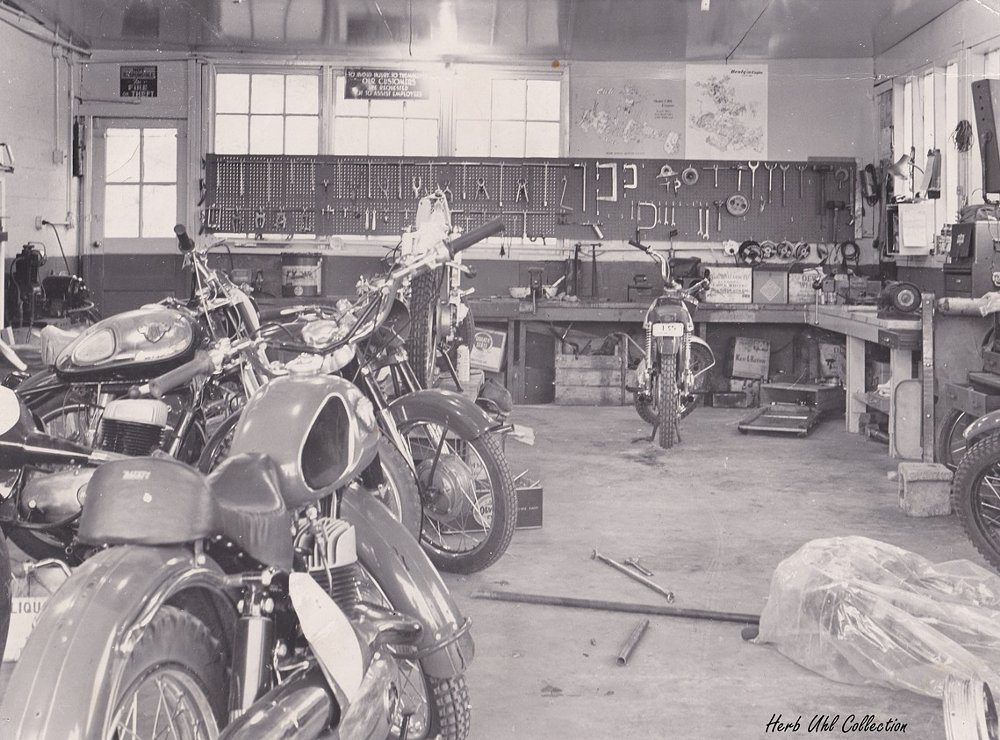
Uhl was no stranger to taking a chance, himself. He set up his first motorcycle shop in Garden City, a suburb of Boise, with a mere $500 investment in the late 1950s. Uhl wanted to sell off-road motorcycles but pickings were slim at the time. He secured a Maico or two and caught the attention of Maico's importer, Nicholas Gray. Maico began providing bikes on consignment and Uhl's company, Herco Engineering, shifted up a gear.
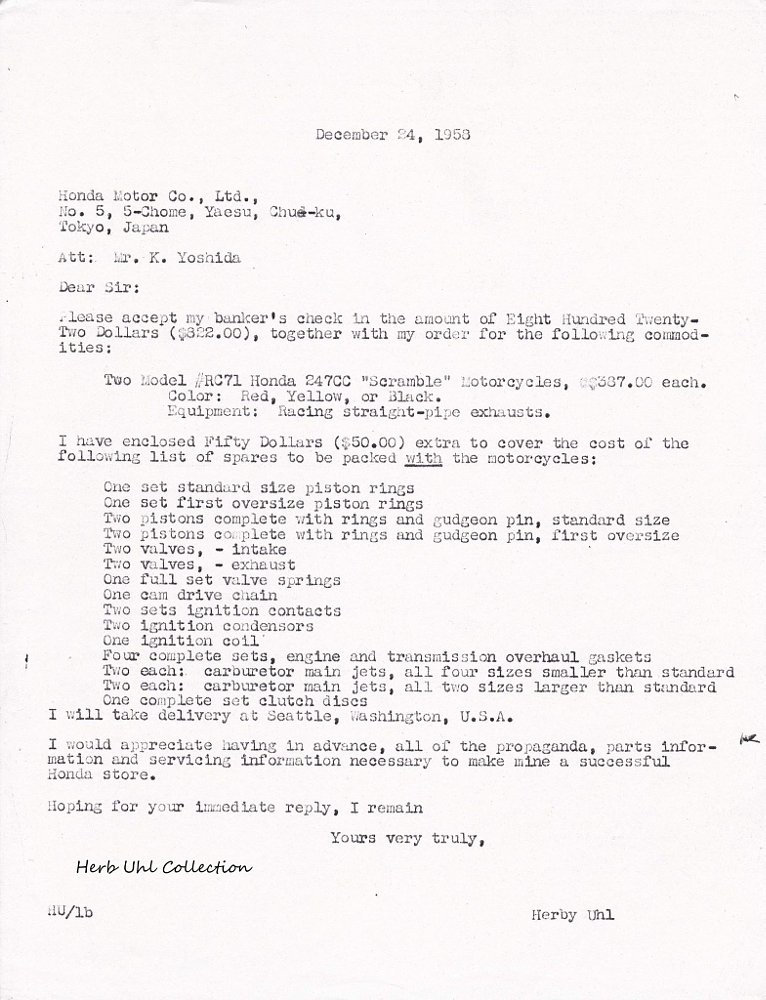
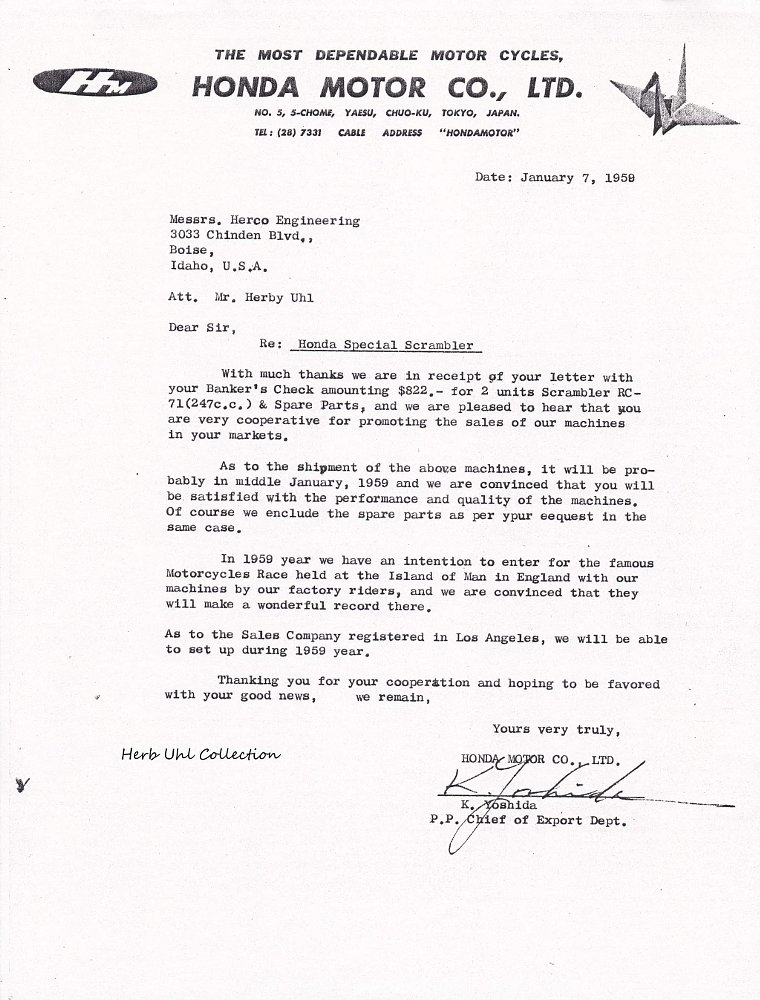
The typed response, dated January 7, 1959, and signed by K. Yoshida, chief of the export department, informed Uhl that his two motorcycles would be delivered in January. It also included a couple of other pieces of news that foreshadowed just what a pivotal year 1959 would be for Honda and for the motorcycle world in general.
"In 1959 year we have an intention to enter for the famous Motorcycle Race held at the Island of Man in England with our machines by our factory riders, and we are convinced that they will make a wonderful record there," the letter stated. "As to the Sales Company registered in Los Angeles, we will be able to set up during the 1959 year."
Uhl believes the two RC-71s he received may have been the first Hondas ever imported into the United States, though he knows other dealers also ordered Hondas around the same time. The light but peppy 247 cc twins were just what the Boise riders wanted for exploring the dirt roads and trails in the mountains. They sold quickly and Herco Engineering had a waiting list of people wanting to buy, but Uhl couldn't get any more. The two bikes he received had been built by Honda's racing department and the company had turned its attention to other production models.
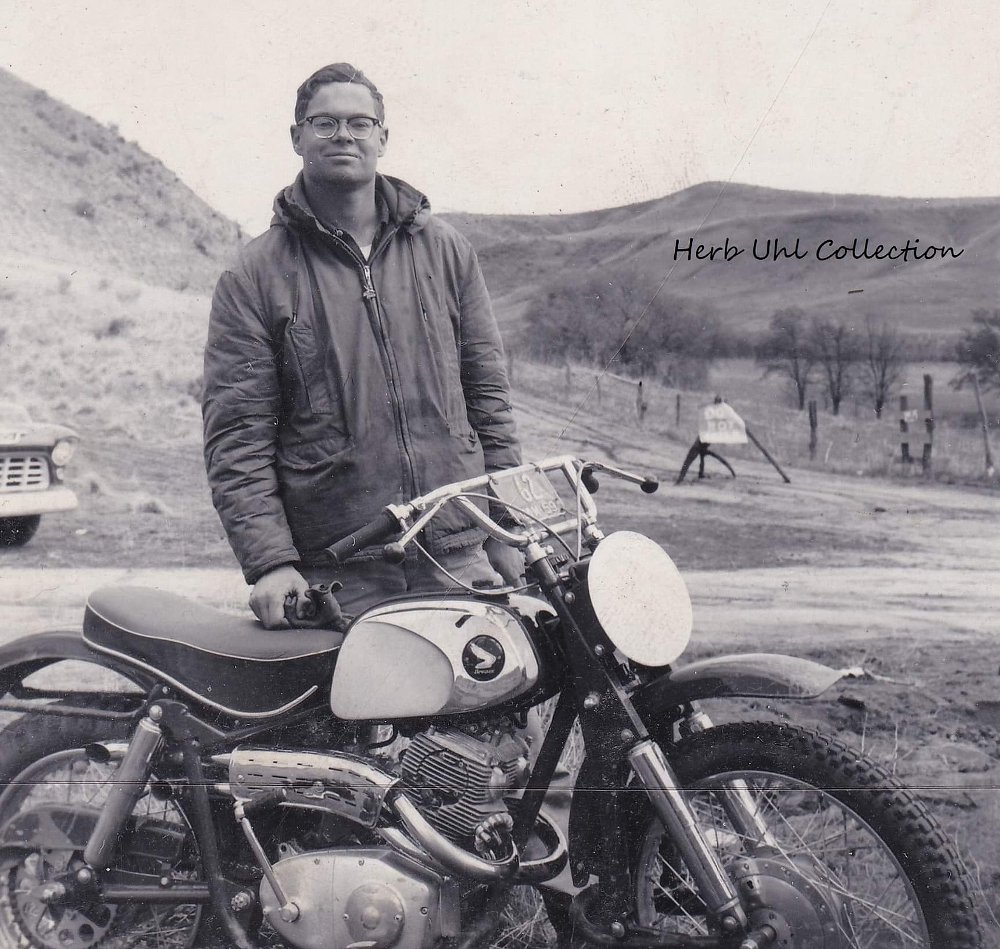
The debut of American Honda and the birth of the Trail
As soon as the American Honda Motor Company was established in California in 1959, Uhl ordered more bikes and soon new Hondas were being uncrated in Idaho. But, try as he might, Uhl couldn't sell the Honda Super Cub, known at the time as the C100 or CA100. With a pressed-steel frame and powered by a 50 cc engine with a three-speed transmission and a centrifugal clutch, the scooter-like Honda that would go on to be the best selling vehicle in world history was not a hit in Boise. People wanted something to ride in the mountains for fun, not something to commute to work in the city.
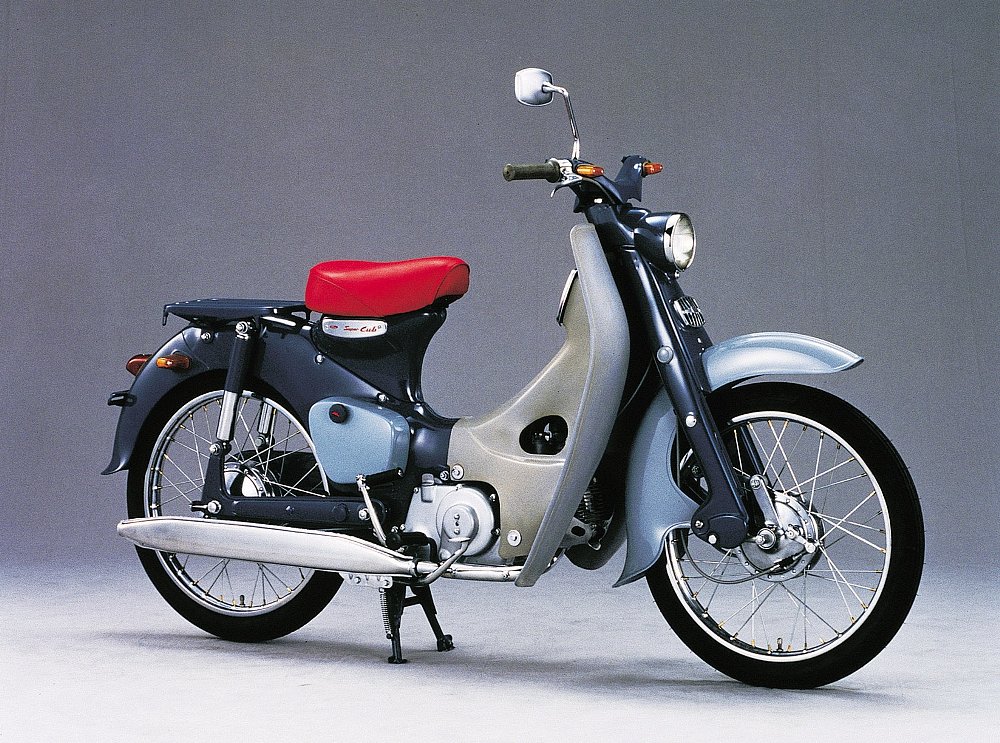
Around the same time, a new kind of farm and off-road transport was becoming popular in the form of Tote Goats. These were small minibikes powered by Briggs & Stratton engines. They generally had no suspension, tiny wheels, and the seat was a simple bit of plywood with some cushioning added.
Uhl looked at the popularity of the inexpensive minibikes and then looked at the possibly unsellable Honda 50s he had on hand and began to engineer a solution. Legshield? Gone. It would just get in the way on the trails. Rear sprocket? Make it bigger! Uhl added an 82-tooth overlay sprocket that dropped the gearing way down to make it suitable for the steepest of hills. Exhaust? Too big and too likely to get caught on something on the trail. Solution? Make a new, smaller exhaust that added ground clearance.
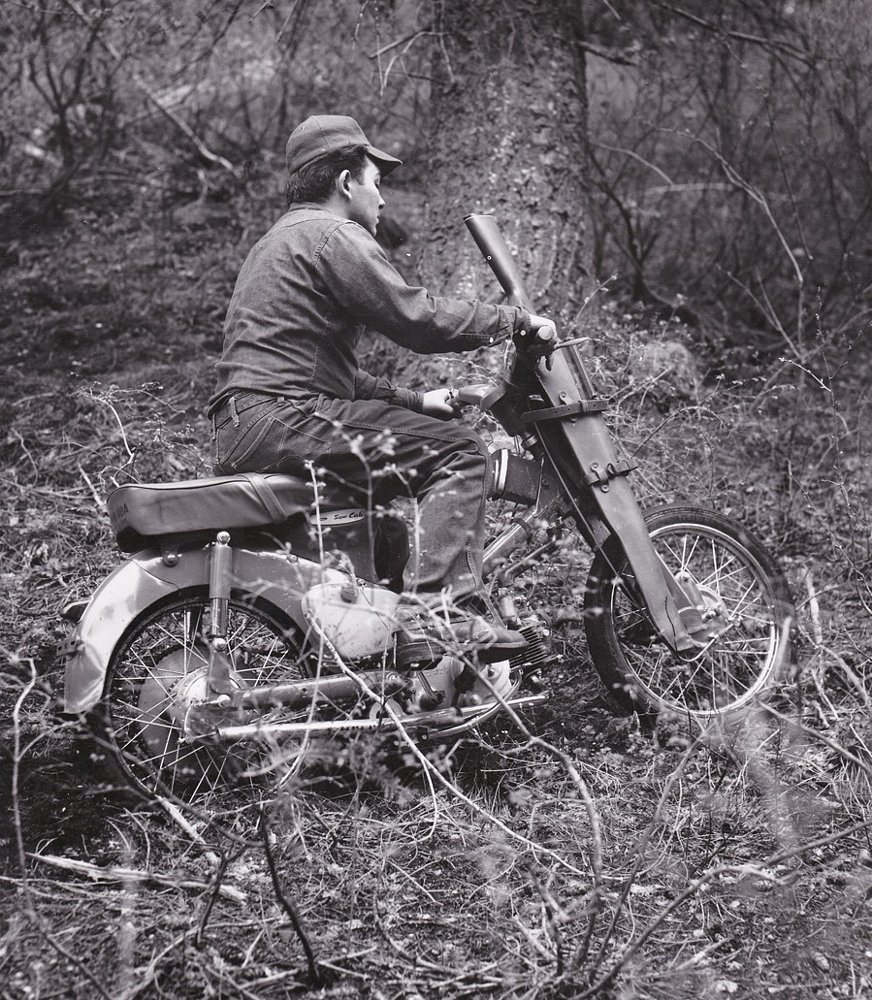
Uhl's solution was so far ahead of his time that securing a narrow 2.25x17-inch knobby tire simply wasn't possible in the United States at the time. The tires had to be ordered directly from Japan and took months to arrive. The first bikes sold — Uhl took a photo of each customer — were wearing road tires.
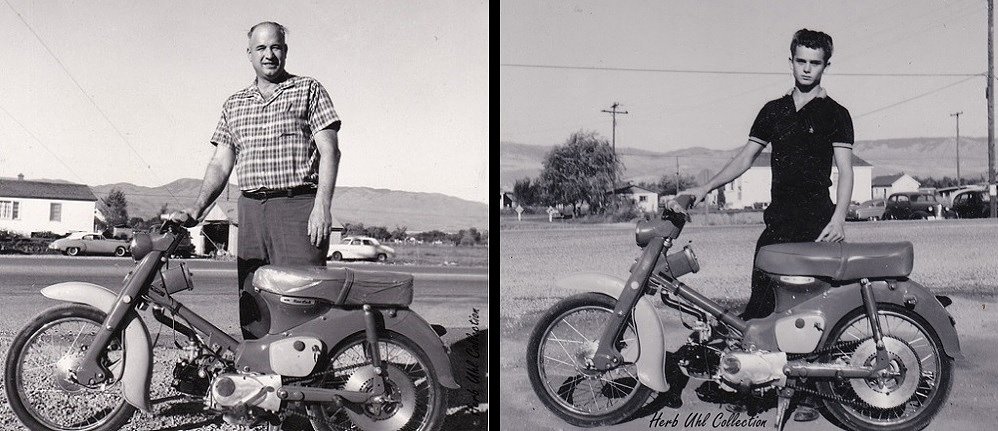
Soon, Uhl was selling his Herco Honda Trail bikes left, right, and center. People would buy one for themselves and then bring their friends in the next day to buy another. By the time Uhl had sold a few hundred, Jack McCormack in the American Honda office was wondering how a dealer in Boise was selling more Honda 50s than the greater Los Angeles area combined.
"I called Herb and said, 'Herb, what are you doing with the Honda 50 up there that you're selling so damn many,'" McCormack said.
McCormack recognized the value in Uhl's modifications. He had created a trail bike that was light in weight and was easy to ride because of the automatic clutch. It wasn't fast, but it worked well for people who wanted to get into the woods for hunting or fishing. McCormack shipped one of the Herco Trail Cubs to Japan.
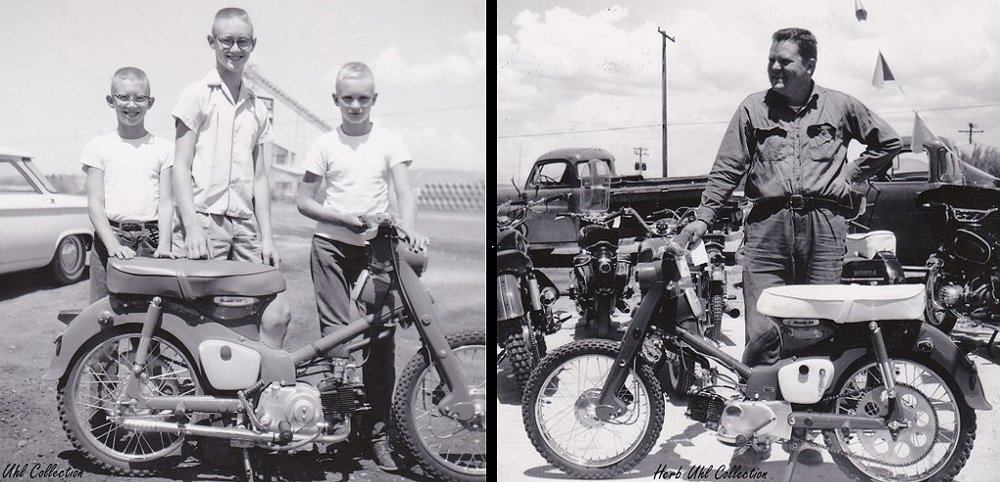
When it came to changing or improving products, most manufacturers wouldn't listen to advice or input from importers, but Honda was eager to please and quick to adapt. The first Honda Trail from the factory, officially the CA100T, was released in 1961. Various models followed: the CT50, CT90, and CT110. Now, all these years later, we have the modern incarnation, the CT125.
Some versions of the 50 cc, 90 cc, and 110 cc Honda Trails had the dual-range transmission that made the bike nearly unstoppable. The CT110 could hold 50 mph for days at a time and then, at first sight of the nearest mountain range, the rider could drop the gearbox into low range and climb like Sir Edmund Hilary in his prime. Unfortunately, Honda did not equip the modern CT125 with a dual-range gearbox, so while the fuel-injected engine is smooth and responsive, there is a limit to the Trail's climbing ability.
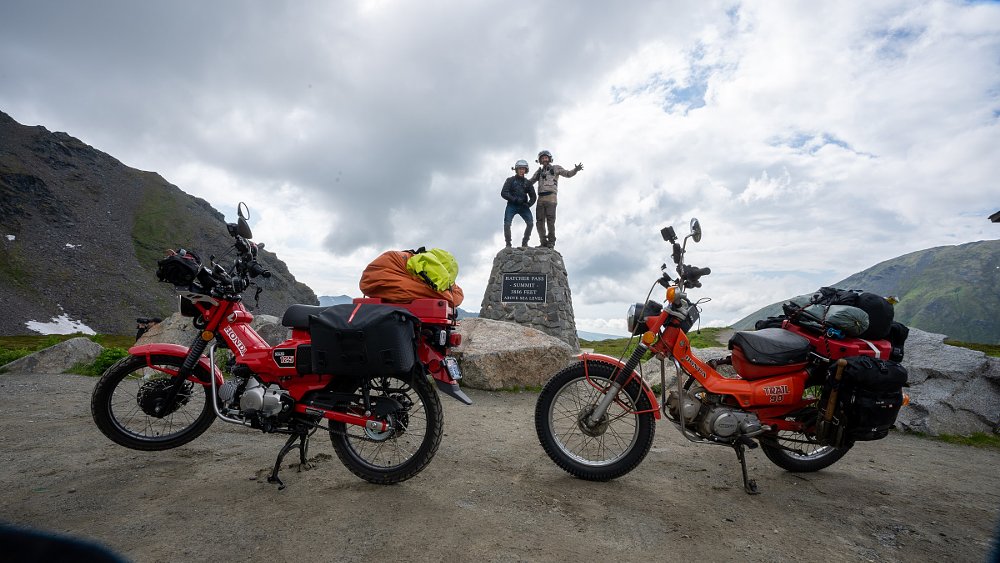
The success of the Honda Trail bike paved the way for other manufacturers and Yamaha, Suzuki, and Kawasaki quickly followed suit with their own variants. Meanwhile, the Honda Trail Cub would be known around the world by many names, including "The CT," "Postie Bike," "Hunter Cub," "Honda Trail," and "Trail Cub."
Herb Uhl has been nominated for the AMA's Motorcycle Hall of Fame in the Design/Engineering Category, but so far without success. However, with a legacy like the Honda Trail, it's safe to say his legend will be around for generations to come.
If you ask Herb, he'll say it was "simple." Ask me? I'll tell you he's a visionary who changed an industry.




